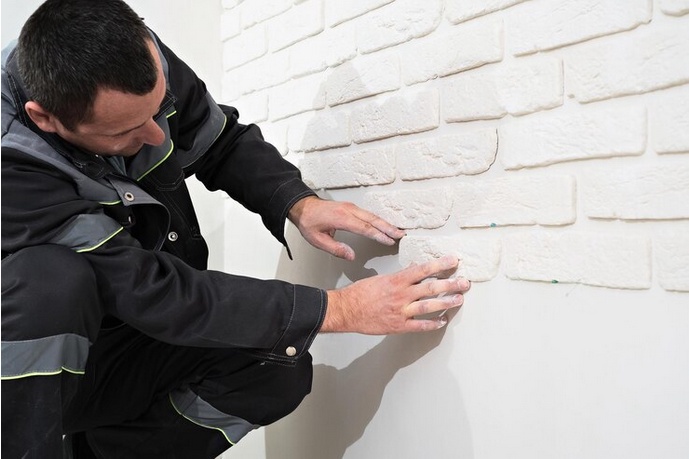Introduction:
Home insulation has evolved into a key element in enhancing energy efficiency and comfort. Among the various components of insulation, the role of wall insulation stands out as crucial. This deep dive explores the factors contributing to effective wall insulation, the significance it holds in improving home comfort, and the materials and techniques that can elevate insulation standards.
Understanding the Significance of Wall Insulation:
Wall insulation serves as a barrier against heat transfer, playing a pivotal role in maintaining a comfortable indoor environment. While many homeowners often focus on roof insulation, neglecting wall insulation can lead to significant energy loss and discomfort. Walls, being the largest exposed surface area of a home, are a primary source of heat exchange. Properly insulated walls contribute not only to temperature regulation but also to soundproofing and moisture control.
Key Factors for Effective Wall Insulation:
-
Building Design and Construction: The design and construction of a home greatly influence the choice and effectiveness of wall insulation. Factors such as the type of walls (concrete, wood-frame, etc.) and the presence of existing insulation must be considered. Retrofitting insulation into older homes may require specialized approaches.
-
Climate Considerations: The local climate has a direct impact on the insulation requirements for walls. Colder climates may necessitate higher R-values to prevent heat loss, while warmer climates may prioritize insulation that helps in keeping the interior cool. Tailoring insulation choices to specific climate conditions is essential for optimal performance.
-
Moisture Control: Moisture infiltration poses a significant threat to both the structural integrity of a home and the effectiveness of insulation. Choosing insulation materials with moisture-resistant properties and implementing proper moisture control measures are vital for preventing issues like mold growth and rot.
Materials for Elevating Wall Insulation Standards:
-
Fiberglass Insulation: Widely used and cost-effective, fiberglass insulation remains a popular choice for wall insulation. Available in batts or loose-fill form, it provides excellent thermal resistance. Additionally, fiberglass is non-combustible and does not settle over time, ensuring long-term efficiency.
-
Mineral Wool Insulation: Comprising materials like rock wool or slag wool, mineral wool insulation offers fire resistance and soundproofing qualities. It is known for its durability and resistance to mold and pests. Mineral wool insulation is versatile and can be used in various wall types.
-
Spray Foam Insulation: Offering a high R-value and effective air sealing, spray foam insulation is a modern solution gaining popularity. It expands upon application, filling gaps and voids, creating a seamless barrier against heat transfer. While it may have a higher upfront cost, the long-term energy savings often outweigh the initial investment.
-
Cellulose Insulation: Made from recycled paper products, cellulose insulation is an eco-friendly option. It provides good thermal performance and can be blown into wall cavities. Cellulose insulation is effective in reducing air infiltration and is treated with fire-retardant chemicals for safety.
Techniques to Achieve Optimal Wall Insulation:
-
Cavity Insulation: For existing walls with cavities, the injection of insulation material into the empty spaces can be an effective solution. This method minimizes disruption to the interior and exterior of the home while improving thermal performance.
-
Exterior Insulation: Insulating the exterior of the walls, often referred to as "outsulation," involves adding insulation layers to the outside of the building. This technique not only enhances thermal resistance but also protects the structure from the effects of temperature fluctuations.
-
Proper Installation and Air Sealing: Ensuring that insulation is installed correctly is paramount. Gaps, voids, and compression of insulation material can significantly diminish its effectiveness. Proper air sealing, including sealing around windows, doors, and electrical outlets, is crucial in preventing drafts and improving overall insulation performance.
Conclusion:
In conclusion, elevating home comfort through effective wall insulation involves a comprehensive understanding of the factors influencing insulation choices. Recognizing the significance of wall insulation, considering building design, climate conditions, and moisture control are pivotal steps. Choosing the right insulation materials, tailored to the specific needs of the home, and implementing proper installation techniques contribute to optimal performance. As homeowners strive to create energy-efficient and comfortable living spaces, raising the bar in wall insulation becomes not just a trend but a fundamental aspect of responsible home ownership. By investing in quality wall insulation, we not only enhance our immediate living conditions but also contribute to a sustainable and eco-friendly approach to housing. The quest for elevated home comfort continues, with wall insulation playing a central role in achieving this goal.


No comments yet